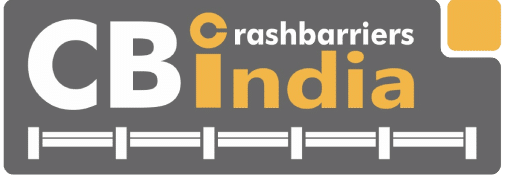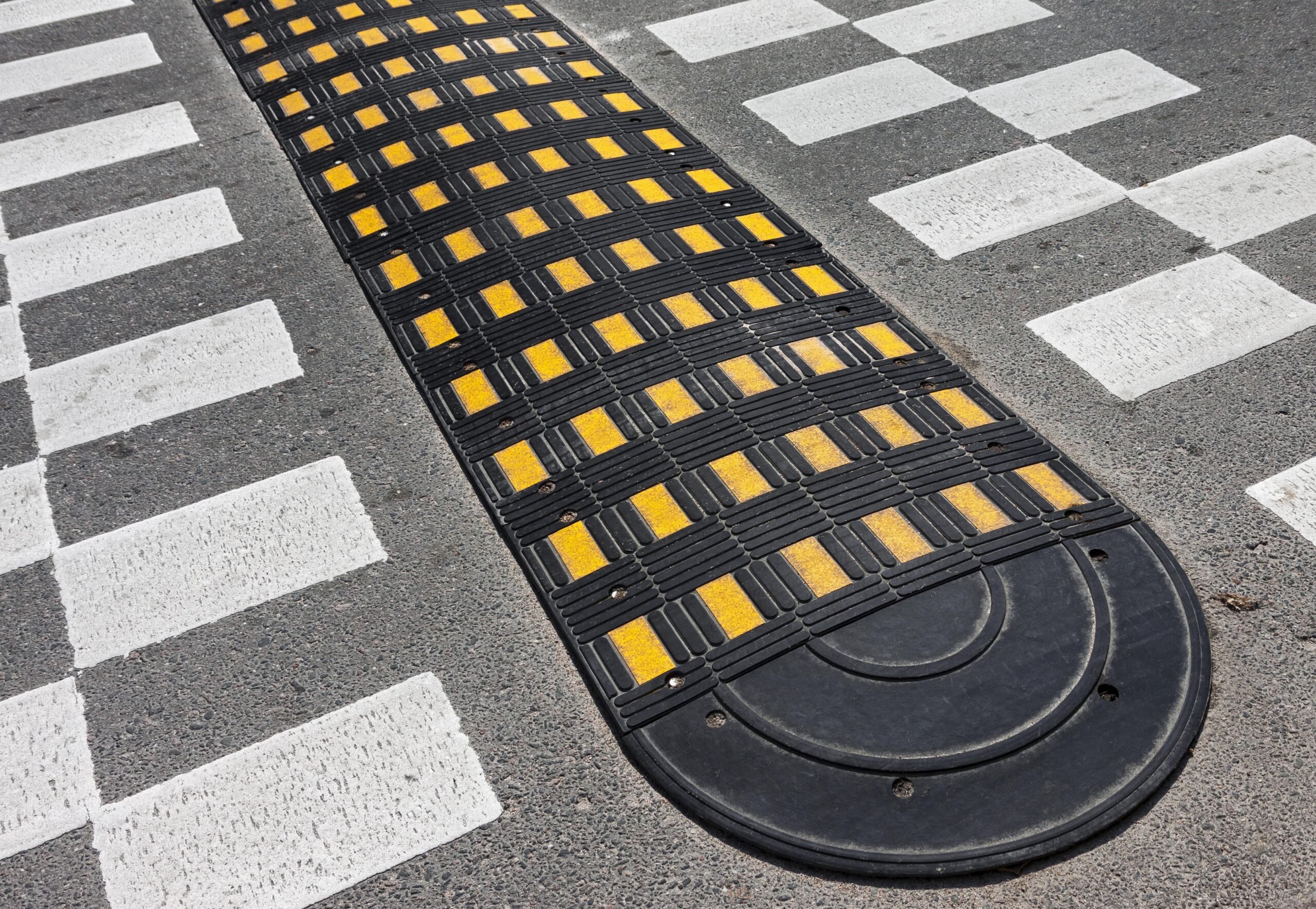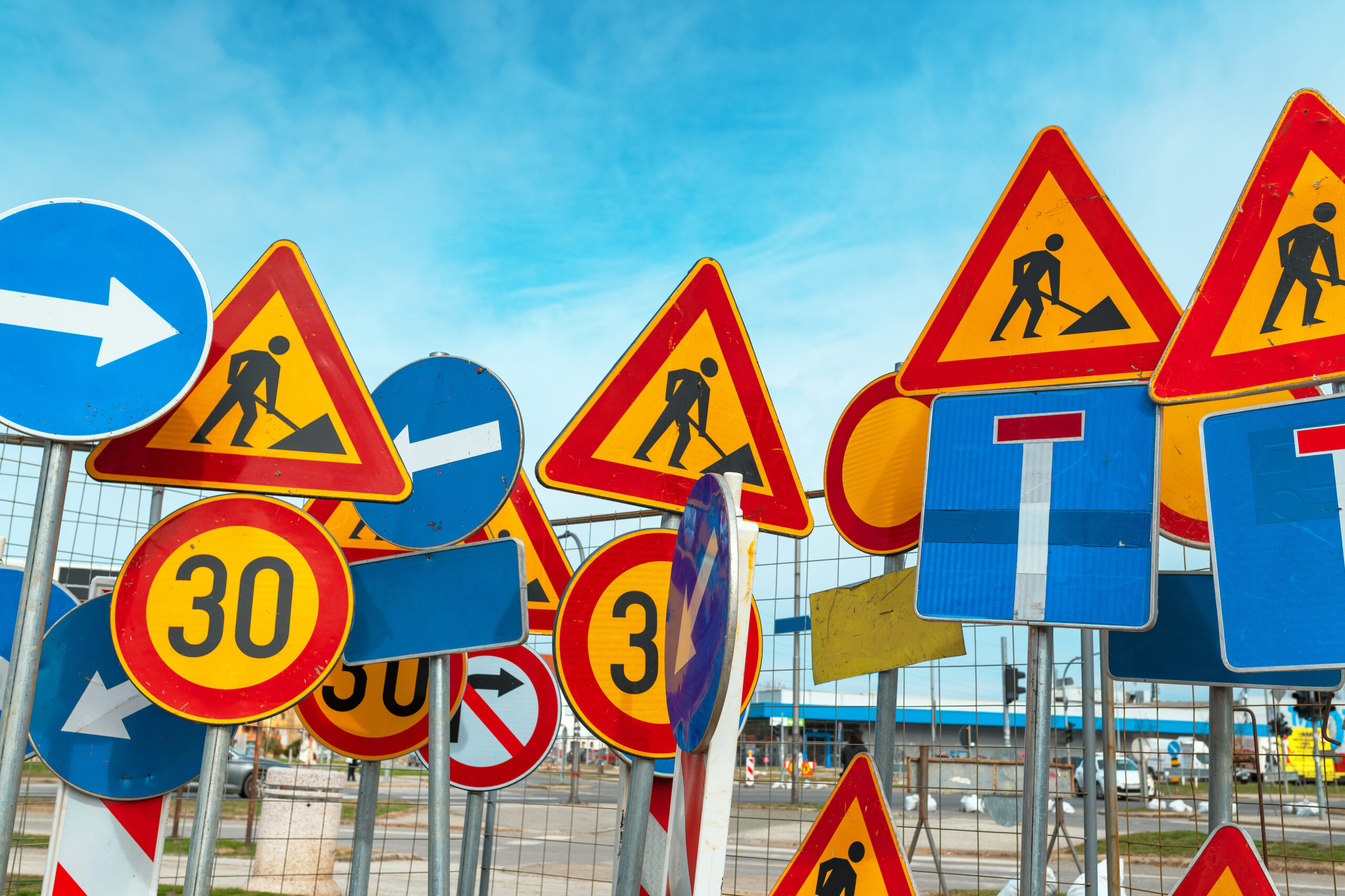10 Must-Have Road Safety Equipment for Highways and Urban Roads
Do you know Two wheelers contribute to the majority of accidents and 36.8% of deaths. Reasons vary but most of these can be avoided by proper Road Safety equipment.
Placing this equipment perfectly is not as easy as it sounds. If their placements are incorrect, then they will cause more harm than the safety they are intended to provide. Our roads demand a combination of alert drivers and effective systems that enforce discipline, ensure visibility, and save drivers during emergencies.
Now the first question is what are these road safety equipment? and how do they work?
Don’t worry, CrashbarrierIndia have written this simple and instant guide for you to understand.
Crash Barrier(w beam, Thrie beam, rope, etc.)
- Material: These are made from galvanised steel and corrosion resistant coating. They are seen on the roadside.
- Application areas: They are mostly used on highways, sharp curves, mountain passes and bridges.
- Impact: Without these vehicles might go off trail which can lead to them failing or rolling around.
Example: You can see in hilly areas like Himachal Pradesh that roads without crash barriers have seen multiple fatal bus crashes.
Speed Breaker
- Material: They come in these different options: Rubber speed breaker, Plastic, or asphalt-based composites.
- Application: The best and most useful place for speed breakers are traffic zones like schools, pedestrian crossings and residential streets.
- Impact: These tools drastically reduce speeding in the areas. In pedestrian-heavy zones, speeding will become uncontrollable without these.
Example: In delhi schools near roads without speed breakers have reported 30% more accidents.
Road Studs
- Material: They are small studs made of polycarbonate or aluminum with reflective lenses that help identify where roads are.
- Application: They are used for lane marking, curves and dividers. They are specially used in low-light areas.
- Impact: Lane confusion and not being able to find dividers a major causes of accidents. Especially during rains and fog.
Example: On NH44, we have seen the effect of road studs, as it becomes easy to navigate with road studs.
Delineators
- Material: Common materials for road delineators are thermoplastic or sometimes rubber with reflectors.
- Application: They are best applicable on flyovers, underpasses, and tight corners to stop disbalancing vehicles.
- Impact: They help drivers to stay in their designated lanes and also let drivers judge curves.
Example: We have seen that Ghats without delineators in Maharashtra have more accidents than those with delineators.
Traffic cones
- Material: Traffic cones are made in cone shape with a wide base from bright PVC or rubber with reflective strips.
- Application: They are very useful to divert or alert traffic about maintenance zones, accident spots, and temporary detours.
- Impact: Without them indicating, drivers might misjudge hazards or fall into open pits. So they are necessary to use in restricted areas.
Example: Vehicles might run into construction or maintenance zones without them. A bike fell in a Pit on NH 44.
Thermoplastic road markings
- Materials: mainly used are thermoplastic compounds or paint that reflects light.
- Application: use to separate lanes by a white line, there are safe zones for pedestrians, and arrows indicate how to change lanes.
- Impact: There is a high risk of going into other lanes, and confusing pedestrians
Example: The number of rear-end accidents on the Gurugram Expressway went down by 20% after repainting marked lanes.
Median Barriers
- Material: Common material for these are concrete steel or high density plastic as they have to sustain damage if something happens.
- Application: They act as dividers on high-speed roads and busy roads with multiple / intersections.
- Impact: You might see an increase of head-on collision from sudden change shifts without median barriers.
Example: Delhi to Agra highway has seen a spate of crashes before it was reinforced with median barriers.
Convex mirrors
- Material: These are made from two materials, one is shatterproof acrylic and another is high impact plastic.
- Application: The best placement regions for these are blind curves, parking exits or residential lane junctions so drivers get views from blindspots.
- Impact: This can result in slow speed crashes from blind spots and on hecting areas.
Example: In south mumbai reports have shown that convex mirrors helped reduce collisions.
Warning and caution signs
- Material: These signs are very useful on roads, and to spot them easily, they are made from Retroreflective aluminum or high-impact plastic
- Application: These are useful to warn drivers of the road ahead, like animal crossings, diversions, blind corners, etc.
- Impact: Drivers get caught off guard when they are not expecting a few things, which leads to sudden or panic breaking.
Example: Many times on hilly areas without snow ahead signs, people drive fast and succumb to hazardous accidents.
What are the best ways for road safety?
Apart from employing all these tools it is best to follow these rules. To ensure complete road safety for Indian roads, you can follow these tips:
- Follow speed limits: Speed limits are not just imaginary rules but they are calculated based on roads, conditions and limitations of roads.
- Slow down in specific zones: When you are near schools or hospitals you should slow down for unexpected movements.
- Wear seatbelts and safety helmets: Your first and foremost importance is to wear seatbelts and helmets as they are your first line of defense.
- Maintain safe distances: Many vehicles forget to maintain a safe distance because of which you can’t save yourself.
Conclusion
The possibility of an accident turning into a fatal accident sometimes depends on the basic highway safety Equipment. Each and every speed breaker, mirror and cone have a silent yet strong history of saving multiple lives.
The rise of urbanization in India comes with the expansion of road networks. Now it is time to focus on smarter infrastructure which has global standards & certifications of road safety. Informed and responsible planning with determined decision making today is the key to a safer & longer tomorrow.
Contact CrashbaariersIndia to ensure all these devices are installed in your projects with proper planning.




Add Comment